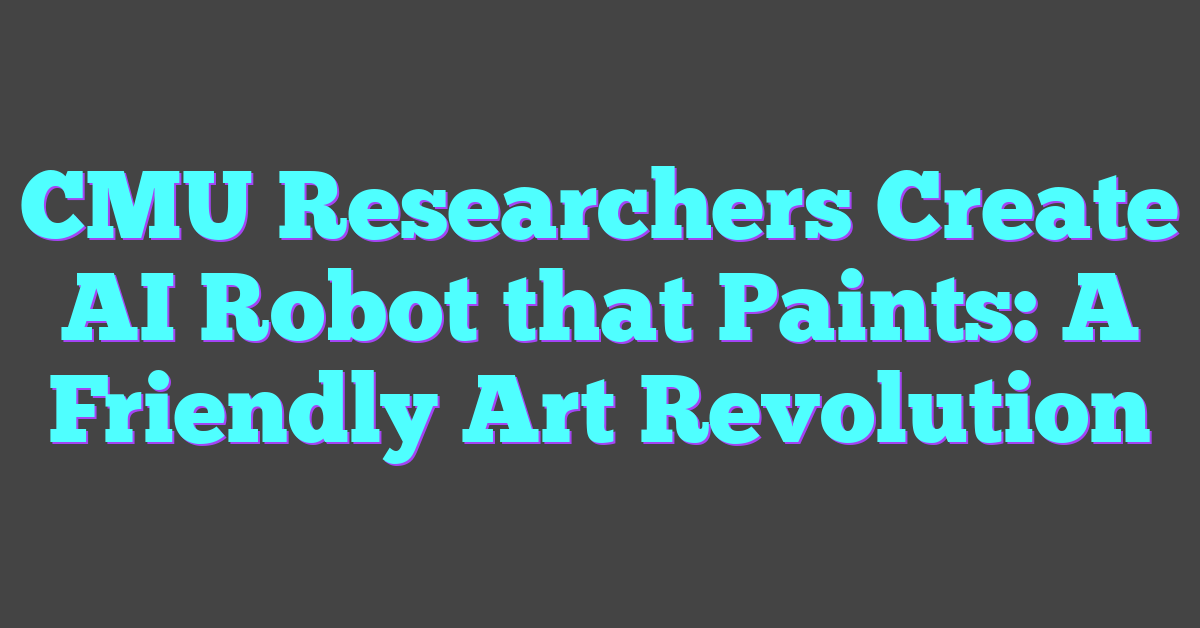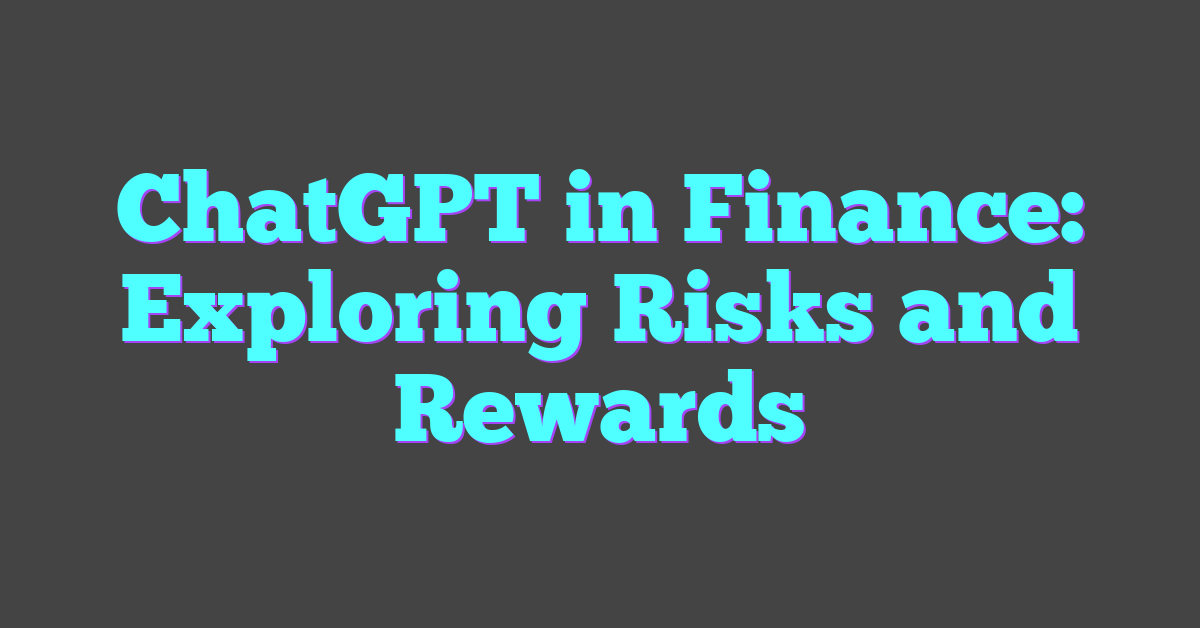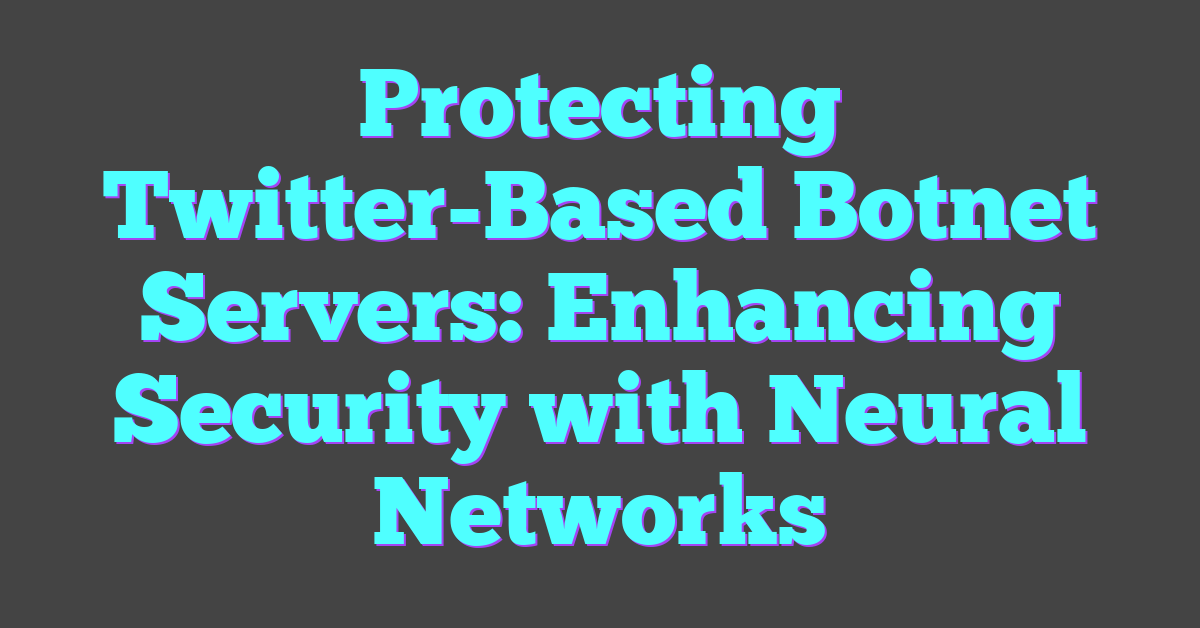Key Takeaways
- AI Empowers Universal Creativity: Artificial intelligence tools make creative processes accessible to everyone, regardless of technical skills or background.
- Enhanced Efficiency Through Automation: AI automates repetitive tasks in image editing, video production, and music composition, allowing creators to focus on innovation.
- Personalized and Inclusive Content: Machine learning models personalize creative outputs and support diverse voices, enriching the global creative landscape.
- Accessible AI Tools Drive Innovation: Platforms like Adobe Sensei, OpenAI GPT-4, and AIVA provide user-friendly interfaces that simplify complex creative tasks.
- Future Trends Expand Creative Possibilities: Advancements in generative models, AR/VR integration, and collaborative AI tools will further democratize and enhance creative expression.
In recent years, artificial intelligence has revolutionized the way we create and express ourselves. From generating stunning artwork to composing original music, AI tools are breaking down barriers that once limited creative pursuits to a select few.
This democratization of creativity means that anyone, regardless of technical skill or background, can explore their artistic potential. With user-friendly platforms and intuitive interfaces, people are tapping into their imaginations like never before, turning ideas into reality with just a few clicks.
As AI continues to evolve, the possibilities for creative expression expand, fostering a more inclusive and vibrant creative community. Embracing these technologies not only empowers individuals but also enriches the collective cultural landscape.

The Role Of AI In Modern Creativity
AI revolutionizes creative industries by providing tools that enhance and streamline the creative process. It automates tasks such as image editing, video production, and music composition, allowing creators to focus on innovation. Machine learning models analyze large datasets to identify trends, enabling personalized content tailored to specific audiences. Additionally, AI-driven platforms facilitate collaboration by integrating various creative tools into unified workflows, boosting efficiency and productivity.
Key Contributions of AI in Creativity
- Automation: Reduces time spent on repetitive tasks like editing and formatting.
- Personalization: Delivers customized content based on user preferences and behavior.
- Collaboration: Integrates multiple creative tools, enhancing workflow efficiency.
- Accessibility: Lowers barriers to entry, enabling individuals with limited technical skills to create high-quality content.
AI Tools Enhancing Creative Processes
| AI Tool | Functionality | Application |
|---|---|---|
| Adobe Sensei | Automates image and video editing | Graphic design, filmmaking |
| OpenAI GPT-4 | Generates text and creative writing | Content creation, marketing |
| DeepArt | Transforms photos into artwork styles | Digital art, advertising |
| AIVA | Composes original music tracks | Music production, gaming |
AI continues to expand the horizons of creativity, making sophisticated tools accessible to a broader audience and fostering an environment where innovation thrives.
Making Creativity Accessible To All
AI technology bridges gaps, enabling individuals from all backgrounds to express their creativity. By removing traditional barriers, AI fosters a more inclusive creative environment.
Democratizing Creative Tools
AI-powered platforms like Adobe Sensei and OpenAI GPT-4 offer user-friendly interfaces that simplify complex tasks. These tools allow users to edit images, generate text, compose music, and more without extensive technical knowledge. For example:
- Image Editing: Automate adjustments, enhance quality, and apply artistic filters.
- Text Generation: Create content, brainstorm ideas, and refine writing.
- Music Composition: Generate melodies, harmonize tunes, and produce tracks.
These accessible tools lower the entry threshold, enabling more people to engage in creative activities.
Empowering Diverse Voices
AI supports a wide range of creative expressions by catering to diverse cultural backgrounds and unique perspectives. Machine learning algorithms can:
- Translate and Localize Content: Ensure creations resonate with different audiences.
- Customize Outputs: Adapt styles to reflect individual cultural identities.
- Promote Inclusivity: Encourage representation of underrepresented groups in creative works.
By empowering diverse voices, AI enriches the global creative landscape, allowing for a multitude of stories and ideas to flourish.
Benefits Of AI-Driven Creativity
AI-driven creativity offers multiple advantages that transform the creative landscape:
- Enhanced Accessibility
AI tools simplify complex tasks, enabling individuals without technical expertise to engage in creative activities. For instance, platforms like DeepArt allow users to transform photos into artwork effortlessly.
- Increased Efficiency
Automation of mundane tasks, such as image editing with Adobe Sensei, accelerates the creative process. Creators can focus on innovation instead of repetitive work.
- Personalized Content
Machine learning models analyze data to tailor content to specific audiences. OpenAI GPT-4 generates text that aligns with user preferences, enhancing audience engagement.
- Facilitated Collaboration
AI-integrated platforms unify various creative tools, streamlining workflows. Collaborative projects benefit from seamless tool integration, boosting productivity.
- Expanded Creative Possibilities
AI introduces new methods of expression, pushing creative boundaries. AIVA composes music in diverse genres, allowing composers to explore novel sounds.
Challenges And Ethical Considerations
AI’s integration into creative processes introduces several challenges and ethical considerations that must be addressed to ensure responsible use.
Intellectual Property and Ownership
AI-generated content raises questions about intellectual property rights. Determining the ownership of creations produced by machine learning models can be complex, especially when human input varies.
Bias and Fairness
Machine learning algorithms can inherit biases from training data. If AI tools are trained on non-diverse datasets, they may produce biased or unrepresentative creative outputs, limiting inclusivity.
Job Displacement
Automation of creative tasks may lead to job displacement in industries such as graphic design, music composition, and content creation. Professionals must adapt to evolving roles that incorporate AI collaboration.
Authenticity and Originality
The use of AI in creativity challenges traditional notions of originality. Determining the authenticity of AI-assisted works involves distinguishing between human and machine contributions.
Misuse of AI-Generated Content
AI tools can be exploited to create misleading or harmful content, including deepfakes and misinformation. Ensuring ethical use requires robust safeguards and responsible deployment of AI technologies.
Data Privacy
AI systems rely on large datasets, which may include personal information. Protecting user privacy and complying with data protection regulations are essential to maintain trust and security.
Accessibility and Digital Divide
While AI democratizes creativity, access to advanced tools may still be limited by economic and technological barriers. Addressing the digital divide ensures broader participation in creative endeavors.
Environmental Impact
Training large AI models consumes significant computational resources, contributing to environmental concerns. Sustainable practices in AI development are necessary to mitigate ecological effects.
Regulation and Governance
Establishing clear regulations and governance frameworks for AI in creative fields is crucial. Policies must balance innovation with ethical standards to guide the responsible use of AI technologies.
Accountability and Transparency
Ensuring transparency in AI decision-making processes helps maintain accountability. Creators and developers must provide clear explanations of how AI tools generate content to build trust and understanding.
By addressing these challenges and ethical considerations, the democratization of creativity through AI can progress responsibly, fostering a balanced and inclusive creative environment.
Future Trends In AI And Creative Industries
Advancements in AI continue to reshape creative industries, driving innovations that enhance and expand creative possibilities.
Enhanced Generative Models
Generative AI models will produce more sophisticated and varied content, including:
- Visual Art: Creating high-resolution images with intricate details.
- Music Composition: Generating complex compositions across diverse genres.
- Literature: Crafting nuanced and contextually rich narratives.
Personalized Creative Experiences
AI will enable highly personalized content tailored to individual preferences by:
- Adaptive Storytelling: Adjusting narratives based on reader feedback.
- Customized Music Playlists: Curating music that aligns with user moods and activities.
- Interactive Art: Allowing users to influence and modify artworks in real-time.
Integration of AR and VR with AI
The convergence of augmented reality (AR), virtual reality (VR), and AI will create immersive creative experiences, such as:
- Virtual Art Galleries: Showcasing AI-generated and human-created art in interactive spaces.
- Enhanced Game Design: Developing more responsive and intelligent virtual environments.
- Immersive Storytelling: Crafting narratives that adapt dynamically to user interactions.
Collaborative AI Tools
AI will facilitate greater collaboration among creators by offering:
- Real-Time Feedback: Providing instant suggestions and improvements during the creative process.
- Cross-Disciplinary Integration: Combining elements from different creative fields seamlessly.
- Cloud-Based Platforms: Enabling global collaboration with integrated AI tools.
Ethical and Sustainable AI Practices
Future trends will emphasize ethical considerations and sustainability in AI development by:
- Bias Mitigation: Ensuring AI models generate fair and unbiased content.
- Energy Efficiency: Developing AI technologies that consume less energy and reduce environmental impact.
- Transparent Algorithms: Promoting openness in how AI models generate creative outputs.
Expansion of AI Accessibility
AI tools will become more accessible to a broader audience through:
- User-Friendly Interfaces: Simplifying the use of complex AI technologies for non-experts.
- Affordable Solutions: Reducing costs associated with AI-powered creative tools.
- Educational Resources: Providing training and resources to empower creators with AI knowledge.
Data-Driven Creativity
Leveraging big data, AI will enhance creativity by:
- Trend Analysis: Identifying and predicting creative trends based on vast datasets.
- Audience Insights: Understanding audience preferences to inform creative decisions.
- Content Optimization: Refining creative outputs to maximize engagement and impact.
AI in Content Distribution
AI will revolutionize how creative content is distributed and monetized by:
- Smart Recommendations: Enhancing content discovery through intelligent recommendation systems.
- Automated Marketing: Streamlining marketing efforts with AI-driven strategies.
- Monetization Models: Introducing innovative ways to monetize creative works through AI insights.
Continuous Learning and Adaptation
AI systems will continuously learn and adapt to evolving creative standards by:
- Feedback Loops: Incorporating user feedback to improve content quality.
- Dynamic Updates: Keeping AI models up-to-date with the latest creative trends and techniques.
- Scalability: Allowing AI tools to scale with the growing demands of creative industries.
Conclusion
These future trends highlight the profound impact AI will have on creative industries, fostering an environment where technology and creativity coexist harmoniously. As AI continues to evolve, it will unlock new avenues for artistic expression and collaboration, further democratizing creativity and empowering individuals worldwide.
Conclusion
AI is transforming the creative world, making artistic expression accessible to everyone. With intuitive tools at their fingertips, individuals can explore and unleash their creativity without needing extensive technical skills.
As AI continues to evolve, it fosters a more inclusive and dynamic creative community. By bridging gaps and breaking down barriers, AI empowers diverse voices to share their unique perspectives and ideas.
Looking ahead, the synergy between AI and creativity promises even greater innovations. Embracing these advancements will not only enhance personal artistic journeys but also enrich the broader cultural landscape for generations to come.




